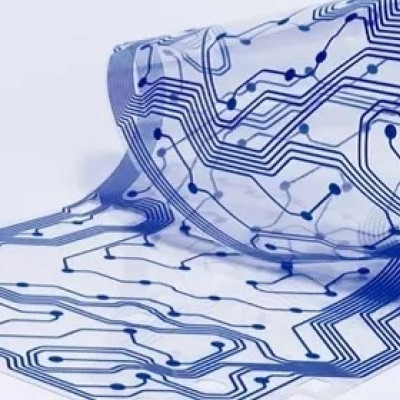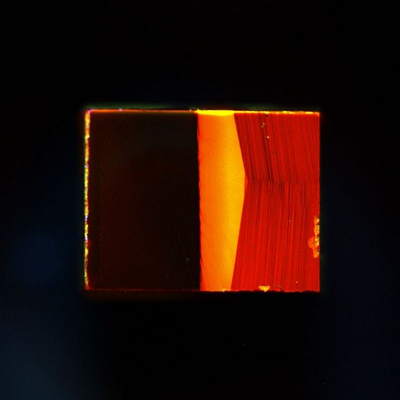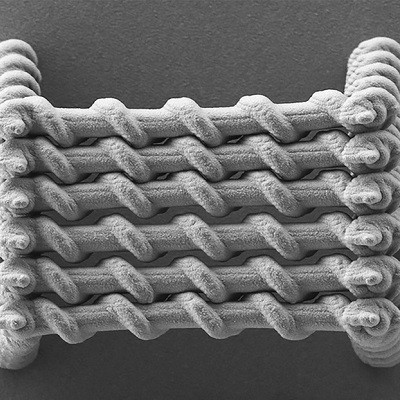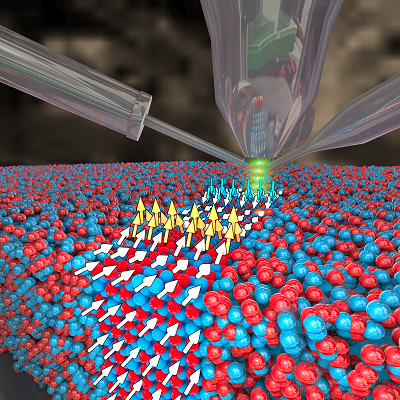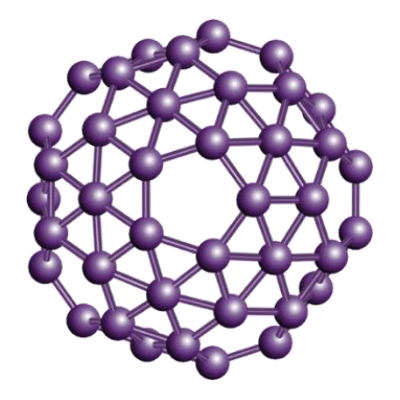Vincenzo Pecunia, from SFU’s School of Sustainable Energy Engineering, led a team of more than 100 experts from 57 research institutions worldwide in developing a comprehensive roadmap for next-generation printable sensor technologies. By paving the way for everyday objects and environments to acquire sensing capabilities, these technologies could be a game changer in advancing sustainability and enhancing our quality of life.
By providing real-time data from the world around us, sensors can help people make more informed decisions about how they use resources and improve homes, cities, the environment, security, healthcare, and more.
“There are truly countless ways in which sensors can help us make our life easier and more sustainable,” says Pecunia, lead author of the recently published Roadmap on Printable Electronic Materials for Next-Generation Sensors. “Think, for instance, of sensors that could realize safer medical exams and targeted healthcare, or that could help farmers increase yield, or that could help us reduce food waste through accurate food spoilage detection, or that could detect wildfires early enough to prevent their disastrous consequences.”
In the roadmap, Pecunia and his global network of collaborators delve into the current and future standing of 45 printable sensor technologies that respond to diverse stimuli, such as light, radiation, force, temperature, gases, chemicals, and biological substances.
SFU professor Vincenzo Pecunia, lead author of “Roadmap on Printable Electronic Materials for Next-Generation Sensors.
Pecunia’s group has made major research contributions in this area, spearheading printable optical sensors that could find application in a wide range of sustainability-focused domains.
Realizing all these applications depends on disseminating sensors in large numbers to generate a critical mass of data. That requires the availability of easy-to-make, low-cost sensor technologies.
“Sensors based on printable materials offer an ideal platform, since they can be fabricated from inks using simple methods such as printing and coating in a room-temperature setting, requiring little energy,” says Pecunia.
By contrast, the sensors commonly used today are made with technologies that tend to be expensive and have a considerable carbon footprint, often requiring temperatures above 1,000 degrees Celsius to produce. Pecunia points out that the cost and carbon footprint of such conventional sensors limit the possibility of disseminating them in the large numbers required to make a large-scale impact.
He advocates for establishing homegrown manufacturing for printable sensors, which would realize their diverse applications for the benefit of local communities and avoid the slow and complex supply chain of traditional electronics while bolstering the local clean-tech and high-tech sectors.
While printable sensor technologies hold great promise, Pecunia believes that it is essential to push forward research in this area to overcome the remaining hurdles and unlock the full potential of these technologies.
“Through our roadmap, our ultimate goal is to catalyze further research advances in printable sensor technology to bring us closer to a green sensor revolution for the benefit of all,” he says.
Read the original article on Simon Fraser University (SFU).


